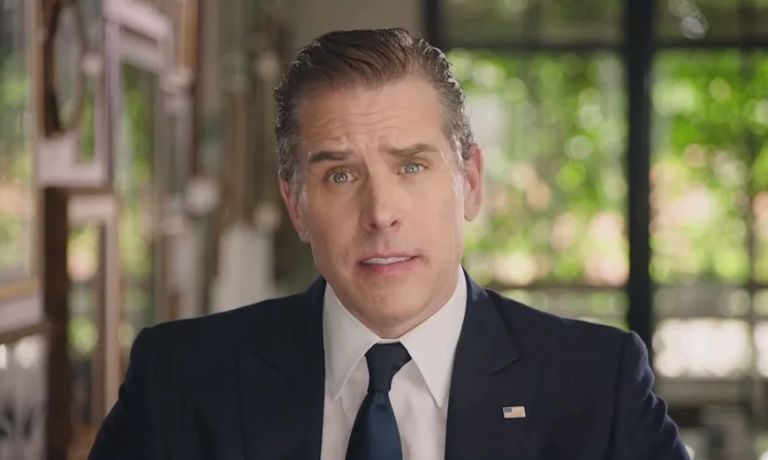The question of whether or not to expand Medicaid in North Carolina is without a doubt the most contentious issue facing the general assembly this session. However, more attention should focus on how the federal government would finance the expanded public insurance program. Particularly the enhanced matching rate that pays for most of the program.
In the traditional Medicaid program, the federal government puts up matching funds based on the amount the states spends. The federal government currently pays for about 67% of North Carolina’s Medicaid program of which the total cost is around $14 billion a year.
The federal matching rate for the expansion population will tentatively be 90% in 2020 and beyond. An enhanced federal matching rate such as this means the state would only be on the hook for 10% of the total bill. This number is estimated to be roughly 6 billion over the first ten years. The state has proposed using a hospital provider assessment to pay for the state’s share of the expanded program. Provider assessments are legal kickbacks and would be illegal in most other settings.
North Carolina lawmakers considering the possibility of expansion should keep in mind the fiscal condition of the federal budget. The federal government’s debt recently passed the $22 trillion mark. The growth rate of federal deficit spending has grown significantly. The current trend will require lawmakers to make tough decisions regarding federal spending in years to come.
The most likely place federal lawmakers will look is the enhanced matching rate of the Medicaid expansion population. If North Carolina expanded its Medicaid program, there is a good chance the state would be on the hook for a larger share of costs compared to the current matching rate. The state would likely have to make up for the decreased amount of federal funding with new taxes or reduced benefits for the entire Medicaid population.
North Carolina lawmakers should reject Medicaid expansion. Expanding the Medicaid program would merely add the federal debt and add uncertainty to North Carolina’s state budget in the years to come. There are alternative reforms that the state can use to address the healthcare access problems and avoid growing the size of an inflated public insurance program.


